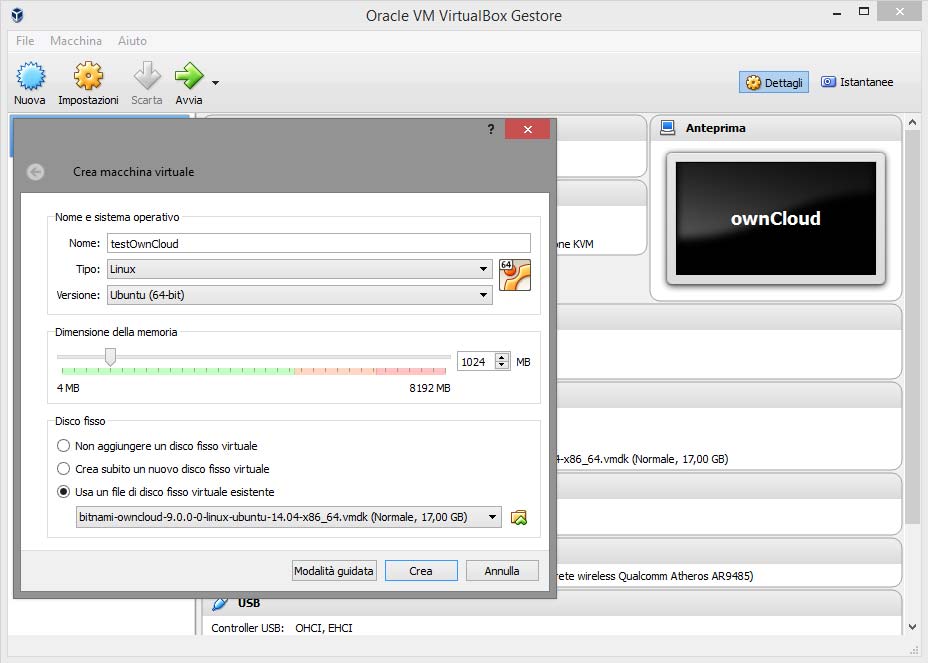
In the case of database upgrades, the maintenance:repair command is used automatically. By following the instructions on this page, you can configure Nextcloud’s logging preferences. You can manage your external storage in Nextcloud via the Manage External Storage button in the Web UI.įollowing the installation of the user and group backend app (user_ldap), you can access the command set. This tool can be used to upgrade Nextcloud, manage users, encrypt passwords, enableldap, and a variety of other things. Nextcloud employs the occ command in order to control its command-line interface in a server environment. Because of its high level of security, Nextcloud was chosen as Amahi’s cloud service provider. To determine the most recent version of Owncloud that is installed on your system, follow these simple steps.
Bitnami owncloud how to#
If you are a Linux user, you may be wondering how to check the version of your Owncloud installation. By the end of this article, you will have all the information necessary to check the version of your ownCloud server.Ĭheck the operating system version of Owncloud with. We will also discuss any potential pitfalls and how to ensure that you are always running the latest version of ownCloud on your system. We will go over the steps required to use the command-line interface to determine the version of ownCloud you are running, as well as the steps to check the version using the ownCloud web interface. In this article, we will discuss how to check the version of your ownCloud server on a Linux system.
Bitnami owncloud install#
Up to now I only did a test install of Owncloud with two test users.Are you a Linux user who is looking for a way to check the version of your ownCloud server? If so, you have come to the right place. Is the Accounts info stored in a different table in OC 9.1?
Bitnami owncloud update#
UPDATE oc_accounts SET home=’/mnt/owncloud/data/my_user/files’ĮRROR 1146 (42S02): Table ‘bitnami_owncloud.oc_accounts’ doesn’t exist This example assumes the user name is my_user and their id is 1. If a user does not have the path already set, you have to identify the users id and set the path with the following command, user by user. This column contains the absolute path for user folders, e.g., /mnt/owncloud/data/my_user/files. You next need to update the home column in the oc_accounts table. Then I get hung up here to Update the oc_accounts Table I managed to open the database and make the first steps from this instruction: Or do I have to open files to do those changes? Like the config.php file? I am using the terminal occasionally, but I am no expert. Where did you install ownCloud from: Bitnami Updated from an older ownCloud or fresh install: fresh SET: Command not found Server configuration WHERE id=‘local::/Volumes/Promise_Raid/P_Owncloud_App/apps/owncloud/data/’

SET id=‘local::/Volumes/Promise_Raid/P_Owncloud_Data/data/’ WHERE id=‘local::/var/www/owncloud/data/’ Sudo -u www-data php occ maintenance:mode -onĮrror Message: sudo: unknown user: www-data Tell us what should happen Actual behaviour Update the oc_storages Table Expected behaviour I run into problems at the step enable / disable maintenance mode Sudo rsync -avz /var/www/owncloud/data /mnt/owncloud (with my own paths) I can copy the content of the data directory with this: The Apache server is stopped by the Bitnami stack management tool


 0 kommentar(er)
0 kommentar(er)
